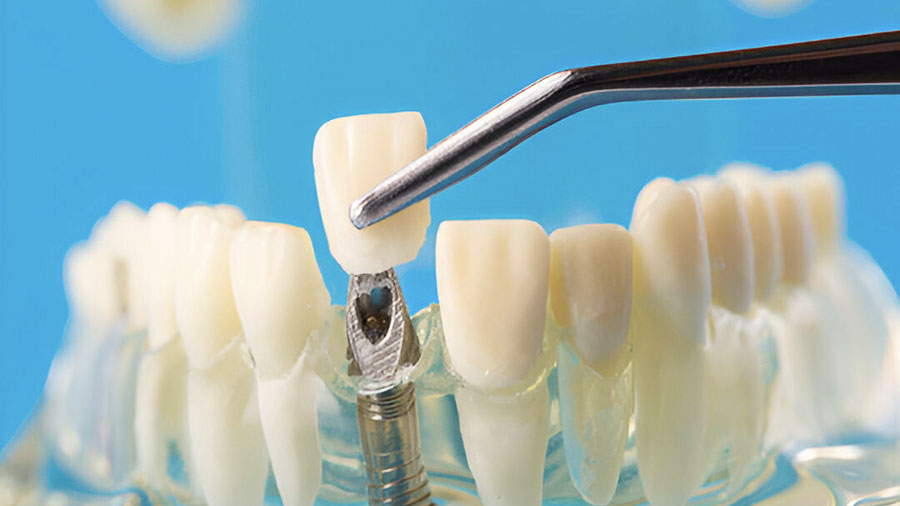Dental burs are an important tool in any dental practice, as they are used in preparing cavities, crown work, contouring, and polishing. Under the impact of improvements in the sphere of dental technology, the modern burs have become more specialized than ever before, producing a highly specific and efficient outcome, dependent both on the procedure and material in question. Nevertheless, when there is too much choice of types and models available, it becomes challenging to choose precision dental burs.
One of the most popular types used by dentists and dental technicians is carbide burs. Known for their strength, durability, and precise cutting capabilities, carbide burs are essential tools in restorative and surgical procedures. These high-quality burs will help to conduct operations with ease, improve patient outcomes, and prolong the lifespan of the used tools.
Learn how to work with the Material: Carbide vs. Diamond Burs
The initial factor to consider when deciding to select a dental bur is its material. Diamond and carbide are the materials of most precision dental burs.
- Carbide burs: These are ideal for cutting through metal or removing old fillings. They cut clean, they wear out before metals do, and they are non-corrosive.
- Diamond Burs: These are the safest option in polishing, grinding, and cutting any hard materials such as enamel or ceramic. They give good finishes, particularly on sensitive surfaces.
While both materials have their place, carbide burs are often preferred for their efficiency in cutting and their ability to withstand repeated sterilization without degrading performance.
Evaluate the Bur Shape for the Procedure
Dental burs are in different shapes that fit for working on various applications. Knowledge of the most appropriate shape of your procedures will improve the accuracy and the flow of work:
- Egg-shaped burs: The best ones are used in accessing the cavity and eliminating decay.
- Pear shaped burs: These are common when carrying out crown preparation and cavity shaping.
- Inverted cone burs: It is very useful for undercut.
- Flame and needle burs: These are suitable for completing and trimming the composite materials or small surgical tasks.
Accurate usage of the appropriate shape is beneficial through mthe inimization of chair time and the development of a more comfortable posture of the patient.
Think of Bur Size and Grit
Big and gritty also count. The burs come in various diameters and lengths and therefore will determine the amount of material to be removed and the quality of the finish.
- Fine grit: It is used to finish and polish.
- Medium grit: Suitable for general cutting.
- Coarse grit: This is best utilized where bulk materials have to be reduced speedily using a hard material.
When the grit is matched with the procedure, a superior surface finish is provided, and it also removes excess wear on the neighboring structure.
Take into consideration Compatibility and Speed
All the time, you are advised to make sure that the bur you select fits your dental handpiece. High-speed burs only suit high-speed applications with high-speed handpieces and vice versa.
In addition, check the manufacturer’s recommendations for ideal RPM settings. Operating a bur at inappropriate speeds may cause inefficient cutting, overheating, or even breakage.
Consider Sterilization and Reusability
Another important factor is the single-use vs. the reusable burs. While disposable burs offer convenience and reduced risk of cross-contamination, reusable carbide burs are cost-effective over time if maintained properly.
Never forget to check whether burs are autoclavable and the number of times that they can go through a cycle before performance starts declining.
Conclusion
Selecting precision dental burs is a critical practice towards providing accurate, efficient as well as a safe dental care. Factors like material, shape, grit, and compatibility should guide your decision, with carbide burs often standing out as the ideal choice for durability and performance. High-quality burs are a great investment in clinical outcomes and patient experience, as well as ease of your work. When you choose burs that suit your unique requirements best, you can be sure that your practice will remain the technology leader in precision dentistry.

